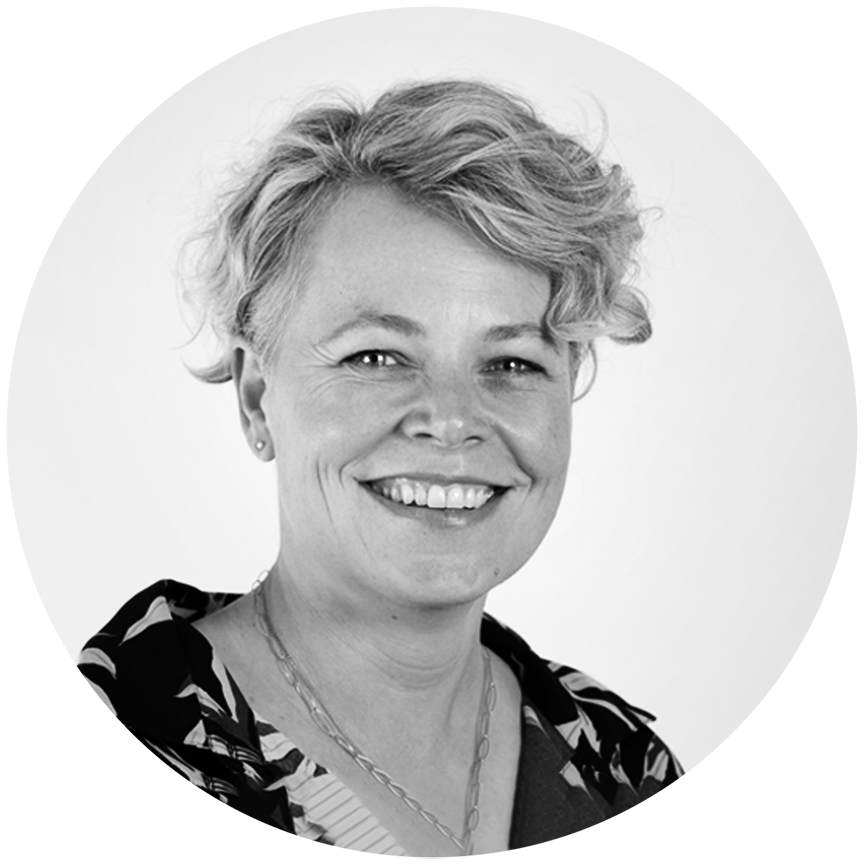
$50M PROGRAM
In Utero
“Experiencing a stillbirth during pregnancy or childbirth is a tragedy insufficiently addressed in global agendas, policies and funded programmes.
There are psychological costs to women, especially women, and their families, such as maternal depression, financial consequences and economic percussions, as well as stigma and taboo.”
– World Health Organization
The internationally recognised classification of a stillbirth is a baby who dies after 28 weeks of pregnancy, but before or during birth. Early recognition of emerging complications in utero, coupled with timely and safe delivery, is estimated to have the potential to reduce the number of stillborn babies by half. Yet progress to reduce stillbirth remains stubbornly slow. In sub-Saharan Africa, headway in reducing stillbirth rates has been outpaced by growth in the total number of births, so stillbirth numbers are actually rising. In the USA, stillbirth rates have been static for more than a decade, which amounts to a total of 12,000 stillborn babies each year. Every child’s death is heartbreaking, and this number of stillbirths is ten times higher than the annual number of deaths from childhood cancer.
Worldwide, great strides are being made in reducing the number of baby deaths that occur after birth, but reductions in baby deaths that occur before birth (stillbirths), are lagging behind. For some babies, remaining in utero is higher risk than being born, largely because in utero, life-threatening
complications can develop and progress undetected.
Our goal is to be able to measure, model and predict gestational development, with a primary focus to reduce stillbirth rates by half.
To achieve this we need non-invasive, scalable ways to assess gestational development in utero.
The lack of methods to assess gestational development in utero limits our ability to predict the risk of stillbirth. Today 25-50% of stillbirths are unexplained— and even in cases where possible contributory conditions are found— it is extremely rare to have sufficient resolution on the sequence, timing and exact mechanisms leading to stillbirth. Such inadequate basic understanding restricts opportunities to advance preventative treatments.
Advances in mobile sensing technologies and optical imaging, coupled with advances in data analytics, provide opportunities to assess placental function, maternal response and baby’s behaviour in utero, in real time, at greater resolution than ever before. For example – moving from weekly subjective assessment by healthcare practitioners in clinics, to remote, hourly objective assessments of in utero activity could detect acute reductions in oxygen supply to the baby, that if not acted on, may cause stillbirth within a few hours.
These observations and technological advances indicate that there is potential for a step-change in our ability to reduce stillbirths, with integrated measures of maternal, developing baby and placental function that accurately model gestational progression. These could allow opportunities for timely and safe delivery — based on individual risks — to prevent stillbirth. These providerinitiated births to reduce stillbirths must simultaneously be carefully balanced against health risks of the infant being born early, even in births close to term. Health complications from early births can have a substantial burden on maternity services, and may be harmful to children in the long term, as childhood need for special educational support and behavioural problems are all lowest in babies born at or after their due date. Our goal is to create the scalable capacity to measure, model and predict gestational development, with sufficient accuracy to reduce stillbirth rates by half, without increasing provider-initiated delivery.
Program Director.

Further details.
To learn more about the program history, performer teams, and process, please visit the Program Details Page.